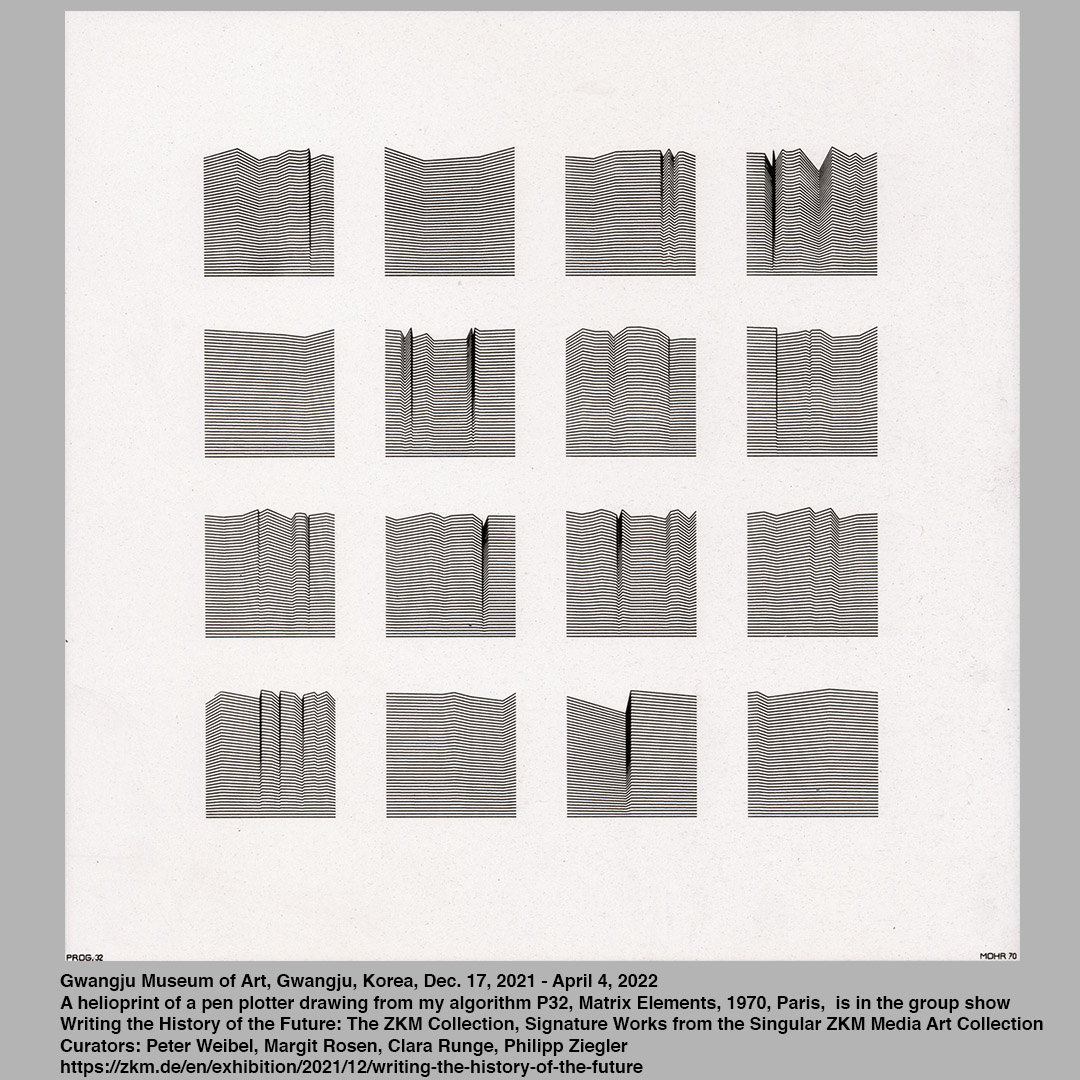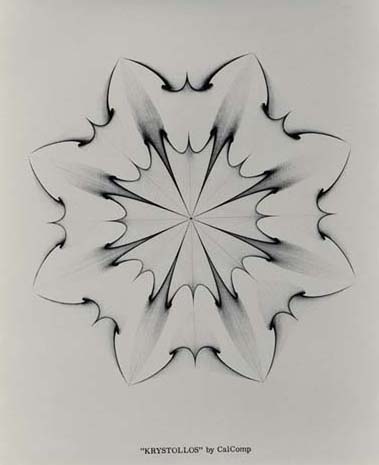

Mattox's plotter drawings were all created in the early 1970s, using the DART1 program and the CalComp plotter. Mattox also commissioned David Caulkins to create DART1, which worked with a CalComp drum plotter rather than a line printer. The new program produced impact prints on continuous printer paper, and was subsequently used by artists such as Frederick Hammersley and Katherine Nash. The University owned an IBM 360 mainframe computer and an IBM 1403 line printer, so Mattox encouraged a colleague, Richard Williams, to develop a computer program called ART1. In 1968 Mattox moved to the University of New Mexico, where he continued to develop his interest in the connections between art and science.

He returned to Los Angeles in the early 1960s and gained increasing recognition as a sculptor.

Peter plotter drawing 1965 programming plus#
An interest in technology, sound and motion led him to produce a range of kinetic sculptures, plus a pendulum drawing machine. In 1949 Mattox moved to San Francisco, where he taught at the California School of Fine Arts and UC Berkeley. Later, he moved to Los Angeles and began building sets and designing animation equipment for Hollywood studios. The Robotic 2D Plott er which is basically a Select ive Compliance Articulated. Mattox began his career as a painter, working on a series of large mural installations in New York in the 1930s. Abstract Robotic 2D Plotter is a plotter that offers the fastest way to efficiently produce very large drawings. He used DART1, one of the first computer programs designed to be used by non-programmers for artistic purposes. This is one of many plotter drawings created by the artist Charles Mattox (1910-1996) at the University of New Mexico in the early 1970s.


 0 kommentar(er)
0 kommentar(er)
